Visiting a foreign country is always a unique and rewarding experience. But there are often things to know ahead of time.
During our recent five week blogging adventure to England, we decided to present you with our top Travel Tips for England.
Although it is one of the most culturally similar countries to the States, as with every country there are some things you should know before venturing across the pond.
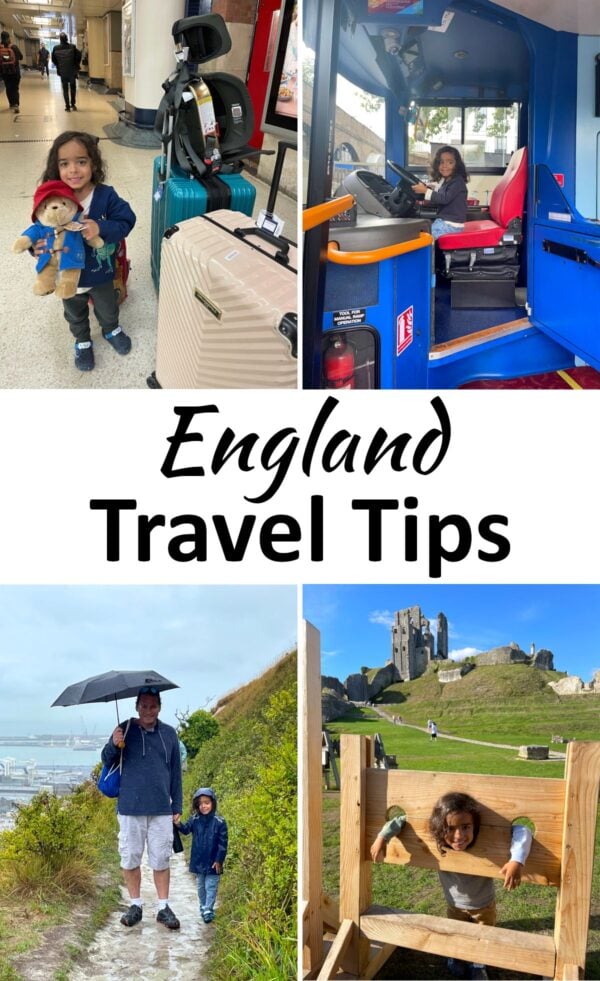
If you hold a passport from the US, an EU Member State, or certain Commonwealth countries, you do not need a visa in advance of visiting the United Kingdom.
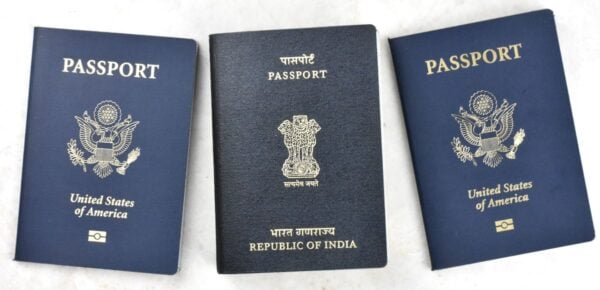
Otherwise, you must apply for a visa beforehand. There are a number of different types of visas, depending on the purpose of your travel. Check with the UK Government site to determine how to apply.
Take note, you may have to go to a biometrics appointment to get your photograph and fingerprints taken.
At the time of this writing, the current wait time for a UK visa is about 7 weeks. We managed to get Alpana’s visa in 5 days with their priority visa service. It’s worth checking these different premium visa services.
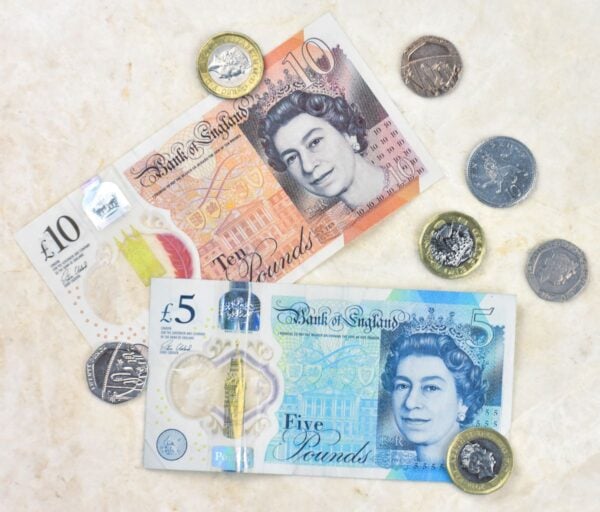
The currency in England is the British Pound. If exchanging currency, check with your local bank before you go. They generally offer the best exchange rates. Avoid exchange booths at airports, as they have the worst rates.
Almost everywhere we visited accepted credit or debit cards, and many are entirely cashless. Be sure to inform your bank or credit card company of your travel plans, otherwise transactions may not process.
Our debit card gave very good rates, with minimal fees. We recommend carrying mostly your own currency, with maybe £200 cash, and exchanging at reasonable exchange places if needed.
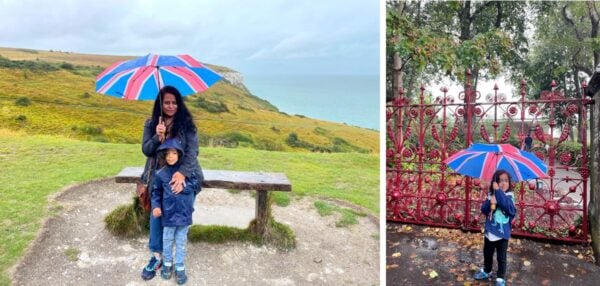
The best weather is typically in the summer. However, that is also when there are the largest crowds. Also take note that many lodging options do not have air conditioning.
One the other end of things, it gets dark very early in the winter, with the sun setting by 4pm.
We travelled in September and October. Some days were sunny and perfect for wearing shorts, while later in the trip long pants and a light jacket were good for most days.
It does rain relatively frequently, but it is generally very light. We don’t recommend taking up suitcase space with heavy raingear, a small umbrella or light poncho is perfectly sufficient.
In 5 weeks, we only had one day where it rained so much that we cancelled plans.

Though it may seem tempting to hire a taxi, if you are flying in to Heathrow or Gatwick and are heading to London, trains are your best option. They are much cheaper and faster, as driving in London is a slow task. It could take over an hour to get into the center of the city via car.
The Heathrow Express takes about 15 minutes, and delivers you to Paddington Station. The Gatwick Express takes about 30 minutes to get to Victoria Station.
Once off the train, you can taxi to your lodging.

England has a robust public transportation station. There are generally trains between major destinations, as well as buses both within, and between towns.
Take note that some locations only accept contactless payment. In London, you must have either a contactless credit or debit card, or purchase an “Oyster Card”. They are available at most stations and can be preloaded. Each rider must have a separate form of payment.
Most larger cities and tourist destinations also have hop on, hop off busses with a set route. Although these are not a budget-friendly way to get around, they have recorded commentary that has a lot of great history and information.
Taxis and services such as Uber are also options.
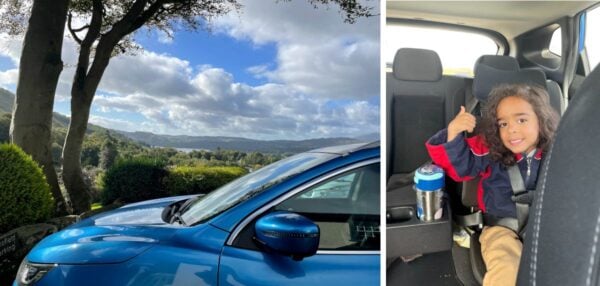
If you choose to rent a car, which we did, there are several important things to keep in mind.
First of all, if you are not used to driving a manual, make sure to reserve a car with automatic transmission.
Remember that cars drive on the left hand side of the road. More disruptive, in our experience, was that the driver sits on the right. This completely changes your reference frame, and it is very easy to find yourself drifting left.

The lanes are also very narrow, and rarely have a shoulder. This, combined with driving from the right hand seat, led us to run up on a curb and blow out a tire.
You may also often find the speed limits on small, winding roads being faster than you are comfortable with. We often pulled over to let a line of following cars pass.
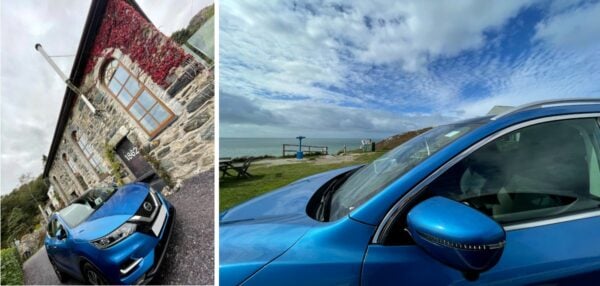
All that being said, the roads are very well maintained, and in good condition.

As many of the cities and towns of England were built before automobiles, parking can be a challenge.
Most towns do have paid public parking lots, with kiosks where you pay and receive a receipt to display on your dashboard. The prices were fairly reasonable.
As for street side parking, it is best to check local regulations. Everywhere we went, there seemed to be different parking laws.
There are three main options on where to stay: hotels, bed and breakfasts, and private lodging.
Hotels: We stayed in three different hotels while in England. There is pretty much what you would expect, a wide variety.

Similar to America, Britain has a star grading system, with five star being the most luxurious.
Bed and Breakfasts: These are a unique option, as you are staying in a room in someone’s home. Breakfast will be served, and you can mingle with the homeowner and other guests.
Take note that some bed and breakfasts have shared restrooms.
Private lodging: This was our favorite option. You are renting someone’s property on a nightly basis.
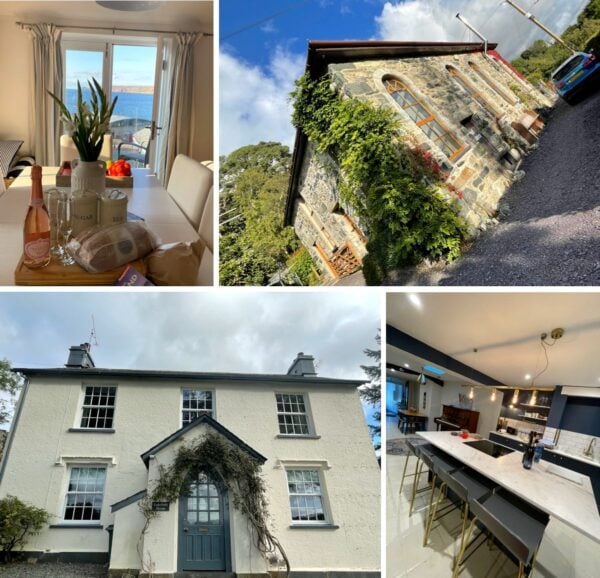
The unique cottages we rented in Cornwall, Wales, the Lake District and the Cotswolds gave us a chance to pretend to live like locals.
One of the best features is that they generally have a full kitchen. This can save a lot on eating out. Plus, sometimes after a long day of sightseeing it’s nice not to have to go back out.
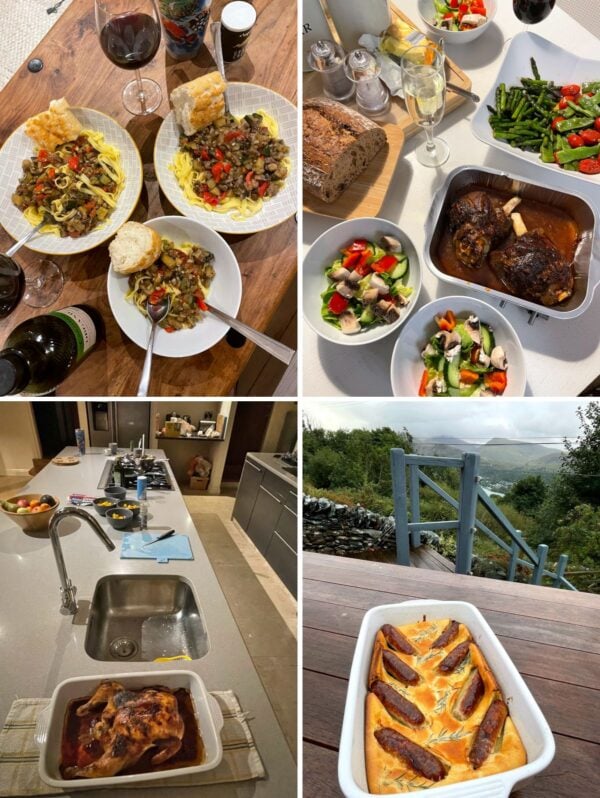
We cooked quite a few meals on our trips, including Toad in the Hole, which we posted as a recipe on GypsyPlate. Even Noah got involved on our flatbread night…

As well as the usual AirBnb, we also found some great spots from Sykes Cottages.
There is some great food in England, especially the large cities, where there is a huge variety to choose from.
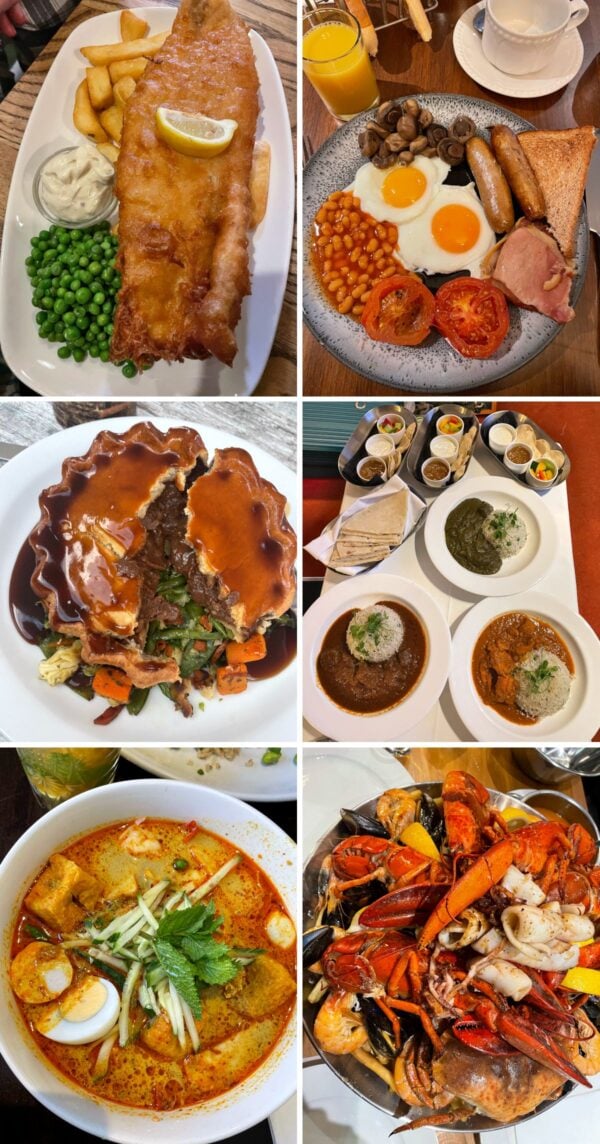
In smaller towns, you will typically find a mix of pubs and a few ethnic restaurants, particularly Indian and Asian.
One important thing to note is that in smaller towns oftentimes the only lunch options are pubs. So our recommendation is enjoy some great pub food for lunch (fish and chips are a must), and try some international cuisine for dinner.
We do recommend making dinner reservations.
General tipping rates in England are:
- Waitstaff 10-15{32bc5e747b31d501df756e0d52c4fc33c2ecc33869222042bcd2be76582ed298} *
- Bartenders £1-2 per round (excluding pubs)
- Taxi drivers 10{32bc5e747b31d501df756e0d52c4fc33c2ecc33869222042bcd2be76582ed298}
- Tour guides £1-2
- Hotel housekeeping £2 per day
* Note: some restaurants do add an optional service charge to the bill, in which case no additional tip is expected.
Always check ahead of time to see if something is open. Especially in smaller towns, small retail stores and pharmacies are generally closed by 5:30pm.
Also take note of bank holidays. Many stores, and even some attractions may be closed. You can find a list UK bank holidays here.
The majority of large supermarkets also close at 4pm on Sundays, so keep that in mind.

Some of the common grocery store chains in England are Sainsbury’s, Tesco, Morrison’s, and Aldi.
We found the grocery selection to be excellent. The produce especially was very fresh, and proudly marketed as being UK grown. It was also quite a bit cheaper than American produce.
England has many great attractions, owning to its rich history. From castles to museums, ancient relics like Stonehenge and modern marvels like the London Eye, there is much to do and see.

In most cases, they are open daily, with the exception of bank holidays. Tickets can usually be purchased on site, but if you are visiting during the busy season, it can be a good idea to purchase them in advance online.
Important note: The interior of Buckingham Palace is only open to the public from late July through early October.
Many of the museums, such as the British Museum and National Gallery, are free to enter, though a donation is suggested.
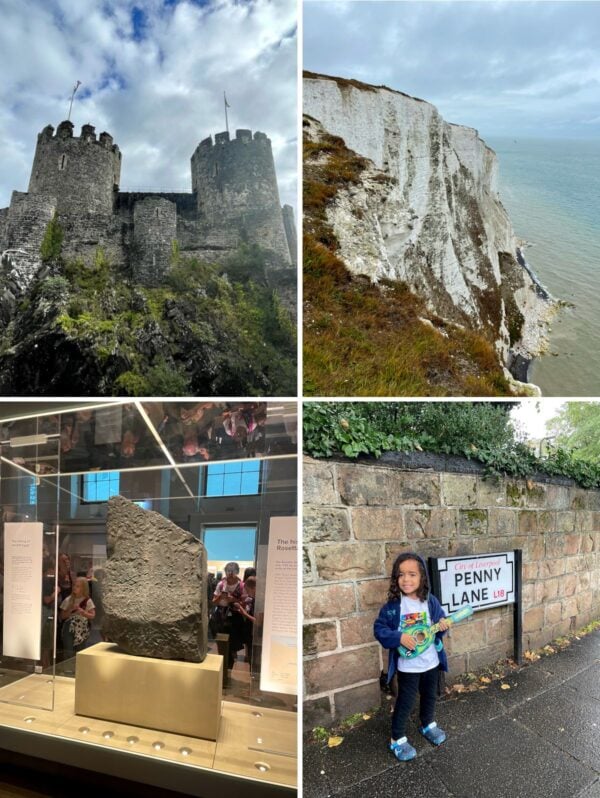
If you are planning to visit a lot of the historical attractions in England, look into the English Heritage Overseas Visitors Pass. At the time of this writing, for one adult it costs £39 for a nine day pass and £46 for a 16 day pass, and grants access to over 100 sites.
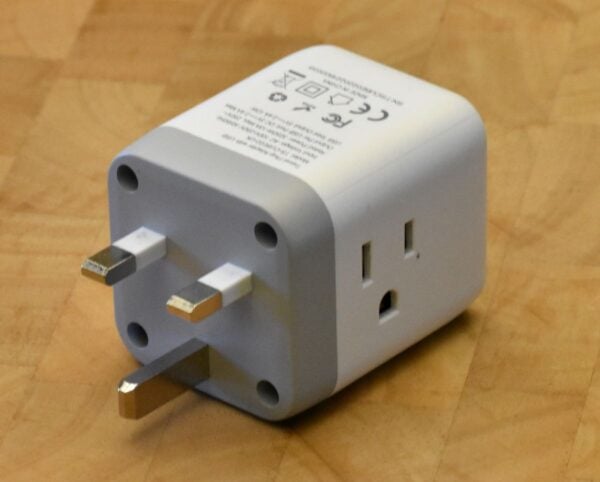
Though it may be obvious if you’re a seasoned traveler, different countries have different types of electrical plugs.
England uses 230V AC power, with a Type G socket. You can find adapters readily online, as well as many tourist shops once you get there.
England is, overall, a very safe country with low crime rates. However, the usual precautions should be taken. Basically, be aware of your surroundings.
That being said, accidents happen. It is always a good idea to get a travel insurance policy when travelling to a foreign country.
We hope this guide helps your trip to England go as smoothly as possible. If you’re still in the planning stages, we have some other posts that might be helpful: Things to do in England and Wales, Things to do in London, and What to eat in England.
Until next time, and some other destination…
Never miss a recipe!
Join the GypsyPlate mailing list and get easy dinner recipes right in your mailbox. From homestyle comfort food to exotic dishes from around the world.


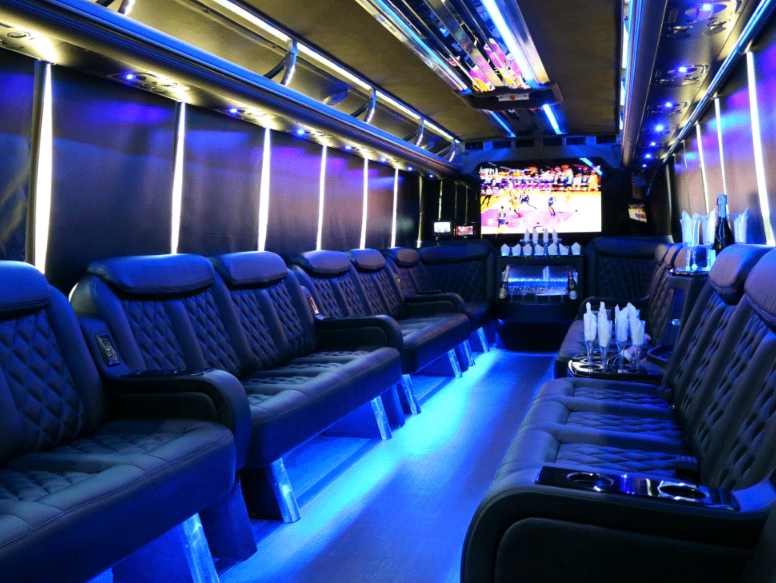
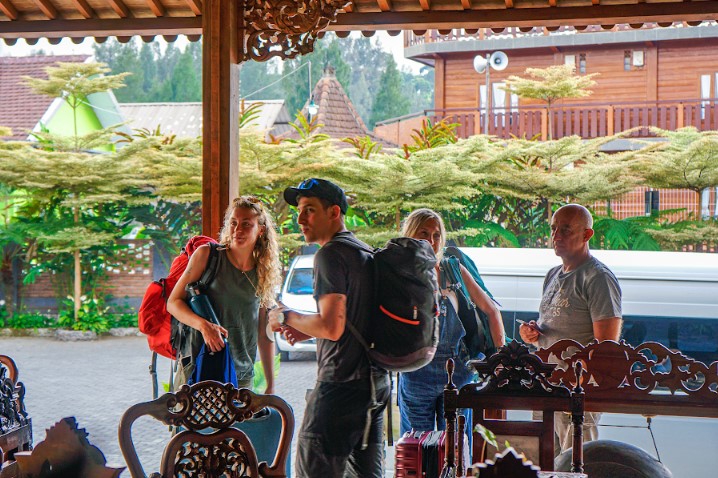
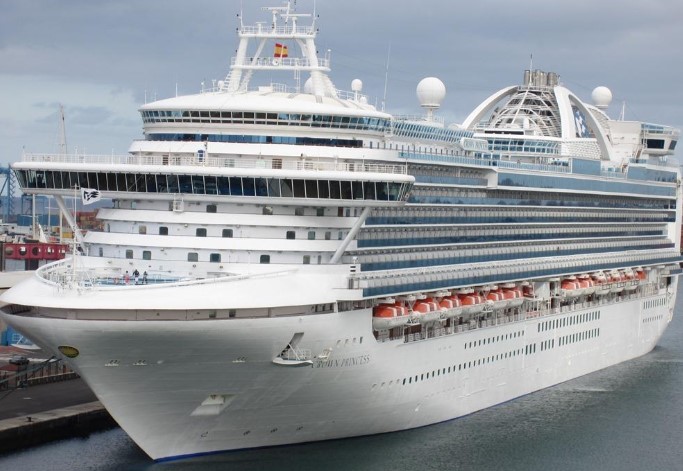

More Stories
10 Power-Packed Suitcase Packing Tips for Effortless Travel
Unleashing Solo Adventures: Tips for Traveling Alone
Travel Tips for Beginners: Navigating Your Journey with Confidence